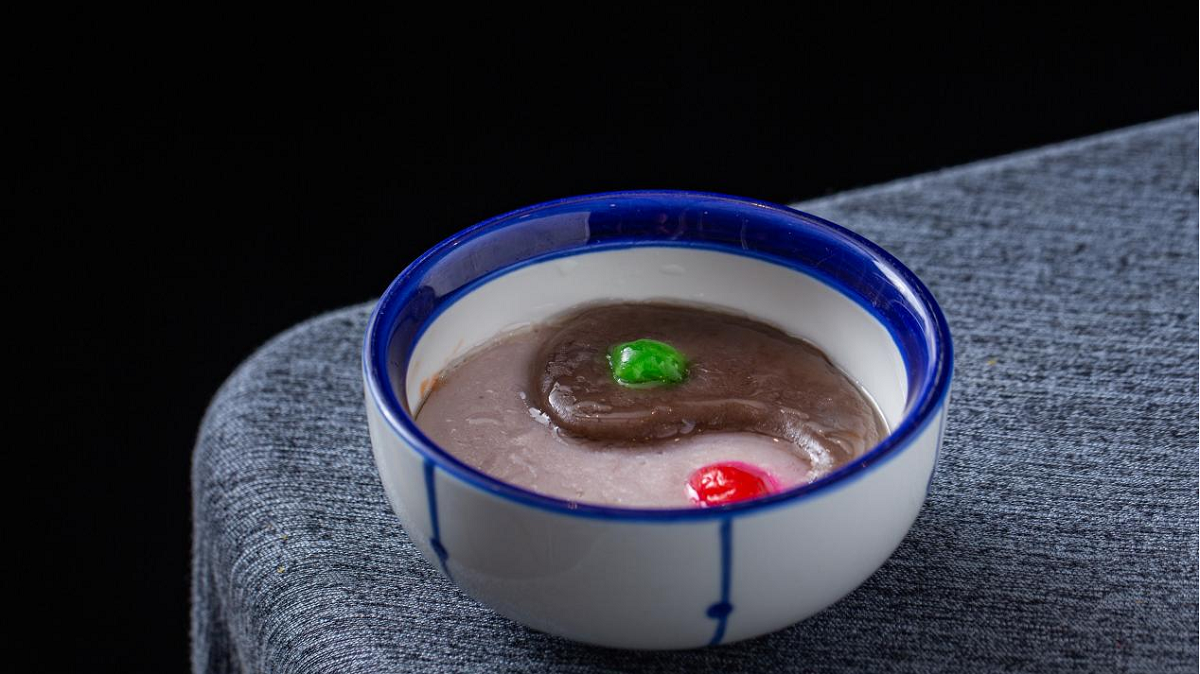Taiji Taro Mash (福建芋泥) has its origins in Fujian Province, with a history that dates back to ancient times. According to legend, this dish is related to the history of the Qijia Army’s resistance against Japanese pirates. During a food shortage, soldiers relied on steamed taro as their sustenance. This method later evolved into the refined version we know today as Taiji Taro Mash. Additionally, a well-known folk tale involves Lin Zexu, a prominent figure in Chinese history. In 1839, while enforcing an opium ban in Guangzhou, Lin cleverly used Taiji Taro Mash to respond to mockery from foreign consuls, significantly boosting the dish’s popularity.
Main Ingredients and Preparation Process
The primary ingredient of Taiji Taro Mash is the locally grown taro, specifically the Pingtung taro (or red sprout taro), known for its fine texture that retains its unique flavor and consistency after steaming. The preparation begins with peeling and cutting the taro into pieces, then steaming them until thoroughly cooked. Once done, it is mashed and mixed with white sugar, lard, and other seasonings to create a smooth taro paste. The paste is then shaped into a plate, decorated with red dates, cherries, cooked lotus seeds, and winter melon candy to form a Taiji pattern. Finally, a layer of hot lard is drizzled over the top to seal in the heat, making it appear cool to the touch while it remains quite hot.
Flavor and Characteristics
Taiji Taro Mash boasts a sweet and fragrant flavor, with a delicate and creamy texture that offers a unique taste experience. Its color is a dark gray with a shiny, smooth deep brown, resembling the Taiji symbol, which adds to its visual appeal. Although it may look like a cold dish, it is actually served hot, providing diners with a distinctive culinary experience. Moreover, Taiji Taro Mash is rich in nutritional value, as taro is high in starch, protein, vitamins, and minerals, contributing to overall health.


